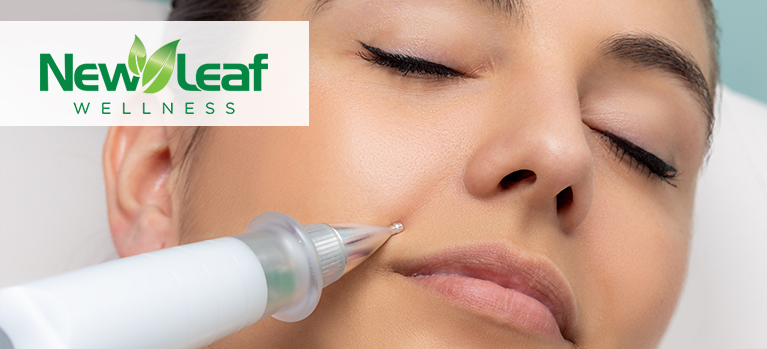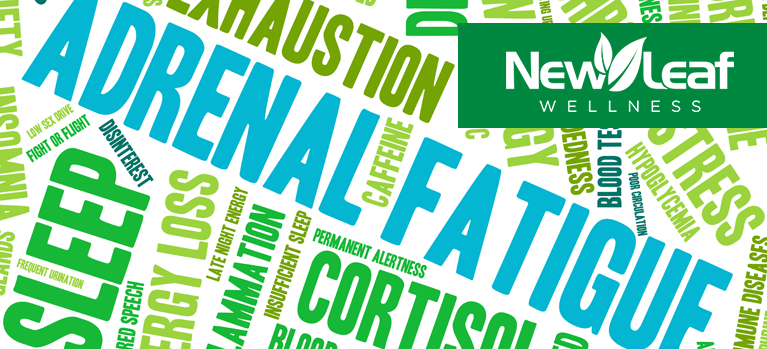In pursuit of youthful, radiant skin, many individuals are constantly looking for innovative and effective treatments. One such breakthrough in cosmetic procedures is the Plasma Pen treatment. This cutting-edge technique has gained popularity for its ability to address a wide range of skin concerns and deliver remarkable results without invasive surgery. Let’s dive into the magic of Plasma Pen treatment and explore why it’s capturing the attention of beauty enthusiasts worldwide.
What is a Plasma Pen?
Before delving into the details, let’s understand what the Plasma Pen is. The Plasma Pen, or fibroblast pen, is a handheld device that uses plasma energy to rejuvenate and revitalize the skin. The Plasma Pen creates controlled micro-injuries to the skin’s surface, stimulating the body’s natural healing response and triggering collagen and elastin production.
The Treatment Process
During a Plasma Pen treatment, a skilled and certified technician uses the pen-like device to deliver precise, controlled bursts of plasma energy to the targeted areas of the skin. The device creates tiny plasma arcs that gently heat and vaporize the skin, creating a tightening and lifting effect. This controlled thermal energy helps to resurface the skin, reduce the appearance of wrinkles, fine lines, and scars, and improve overall skin texture and tone.
Benefits of Plasma Pen Treatment
- Non-surgical and Minimally Invasive: One of the most significant advantages of the Plasma Pen treatment is that it offers a non-surgical alternative to traditional cosmetic procedures. Incisions, stitches, or injections are not involved, minimizing the risks, downtime, and discomfort typically associated with surgery.
- Versatility: The Plasma Pen treatment is highly versatile and can address various skin concerns, including fine lines, wrinkles, crow’s feet, sagging skin, acne scars, stretch marks, and pigmentation issues. It can be used on parts of the face and body. The Plasma Pen is suitable for a wide range of skin rejuvenation.
- Stimulates Collagen and Elastin Production: By creating controlled micro-injuries, the Plasma Pen treatment can activate the body’s natural healing response. The micro-controlled injuries stimulate the production of collagen and elastin, two vital proteins responsible for maintaining skin elasticity, firmness, and youthful appearance.
- Long-lasting Results: The effects of Plasma Pen treatment continue to improve over time as collagen and elastin production increase. Results can be long-lasting with proper skincare maintenance and sun protection. Results can be enjoyed for months or even years.
- Minimal Downtime: Compared to more invasive procedures, the downtime associated with Plasma Pen treatment is relatively minimal. While the treated area may experience some redness, swelling, and tiny scabs immediately after the procedure, they typically subside within a few days, revealing smoother, tighter, and rejuvenated skin.
Is Plasma Pen Treatment Right for You?
Plasma Pen treatment is suitable for individuals seeking non-surgical skin rejuvenation with noticeable results. It’s essential to consult with a qualified and experienced technician who can assess your specific needs, skin condition, and goals. They can provide personalized advice and determine if you are an ideal candidate for the treatment.
In conclusion, the Plasma Pen treatment represents a groundbreaking advancement in cosmetic procedures. It has the ability to address a wide range of skin concerns, and stimulate natural collagen production. The pen delivers remarkable results with minimal downtime has made it a go-to option for those seeking skin rejuvenation. If you are looking to achieve a youthful, vibrant complexion without undergoing invasive surgery, the Plasma Pen treatment may be the solution.
Consult a trusted professional, explore your options, and unveil the magic of Plasma Pen treatment.


















